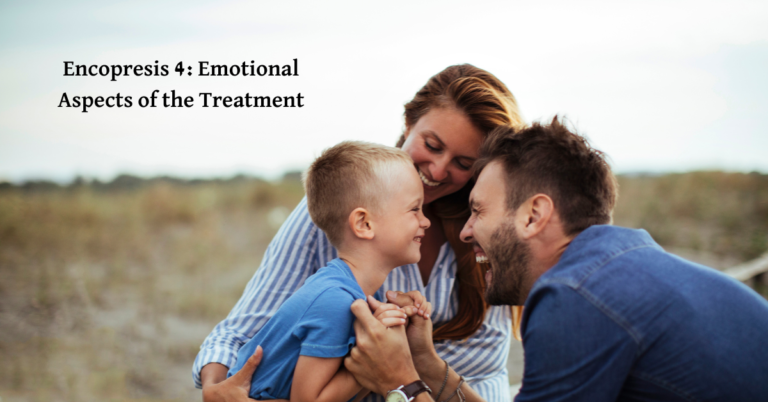After introducing the idea of encopresis, and discussing the medical side and the role of the Tracking Chart, the time has come to really introduce the habit-change model. However, to do so right now is jumping the gun a bit: the program that we use is not a purely 100% behavioral one (sorry if all that talk about habit development made you feel differently!).
The truth is that *in the vast majority of situations* parents have already tried initiating *much* of what the program contains, and sometimes even the *entirety* of it.
So what’s different?
In our treatment model, we focus not only on behavior change and habit development, but on *repairing the relationship*.
Firstly, encopresis affects the emotional well-being of parents and children. Parents are usually (and understandably!) confused why their child hasn’t gotten down a habit that seems so easy and primary, frustrated that they need to clean a child much older than they’d have thought, annoyed to have to deal with such smelly laundry, and angry that their child seems to deny there’s a problem or even lie to them. Additionally, there can often be components of guilt in what they are feeling: *If only* I hadn’t gone back to work so early, *If only* I was around more often, *If only* etc. (our capacity for parental guilt is almost limitless!).
Children also deal with complex emotions: shame that they are soiling themselves, frustration that they don’t understand their bodies and more.
Together with this, the emotional difficulty places strain on the relationship: parents may feel frustrated, annoyed and angry at their child, and may (at least in part) feel that their child is not succeeding either because a) they are not trying hard enough b) they are doing this on purpose.
A child may feel annoyed that their parents are constantly reminding them of going to the bathroom, or hurt that parents don’t trust them that they’re clean. They may also feel a huge sense of guilt that they are increasing their parents’ emotional burden.
To make a long story short: the emotions are difficult and heavy, and can increase tension in a relationship that has many positive components. With time, this stress can sadly become a more prominent part of the relationship.
For this reason, before introducing the behavioral change program, we assess the emotional state of the parents, and how they perceive their child’s emotional state. We try to give space and understanding to the emotions the parents are going through (and normalize them!).
Together with that, we try to encourage flexibility so that some of the more anger-oriented aspects will shift to a more compassionate take on their child’s situation. We do this by talking with the parents about what their child might be feeling in this situation.
The resulting shift in parental attitude can help reduce some of the tension in the relationship (instead of anger there is love and compassion) and, in turn, relieve some of their child’s guilt. The parents’ ability to give space to their own emotions, moderate them and access other aspects of their emotional range (i.e. emotion regulation!) allows them to help model these behaviors for their child.
Next time we’ll write about *how* to start doing that.
